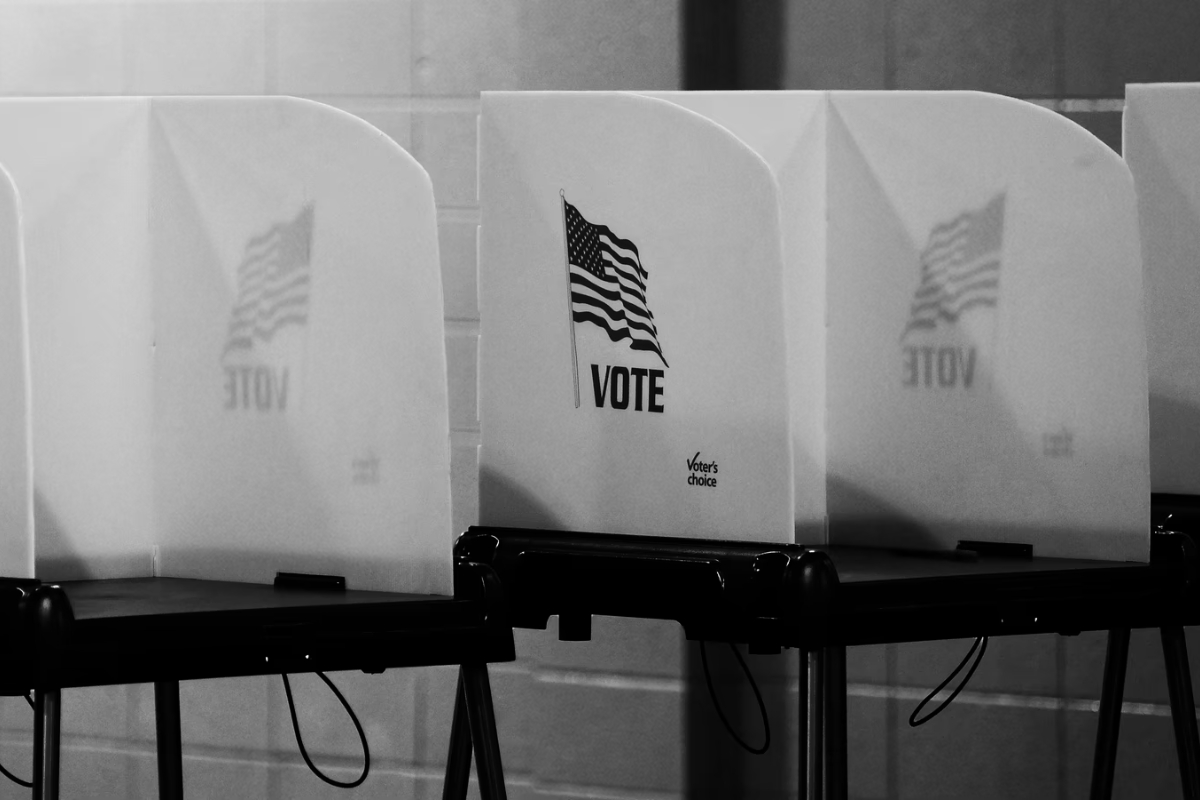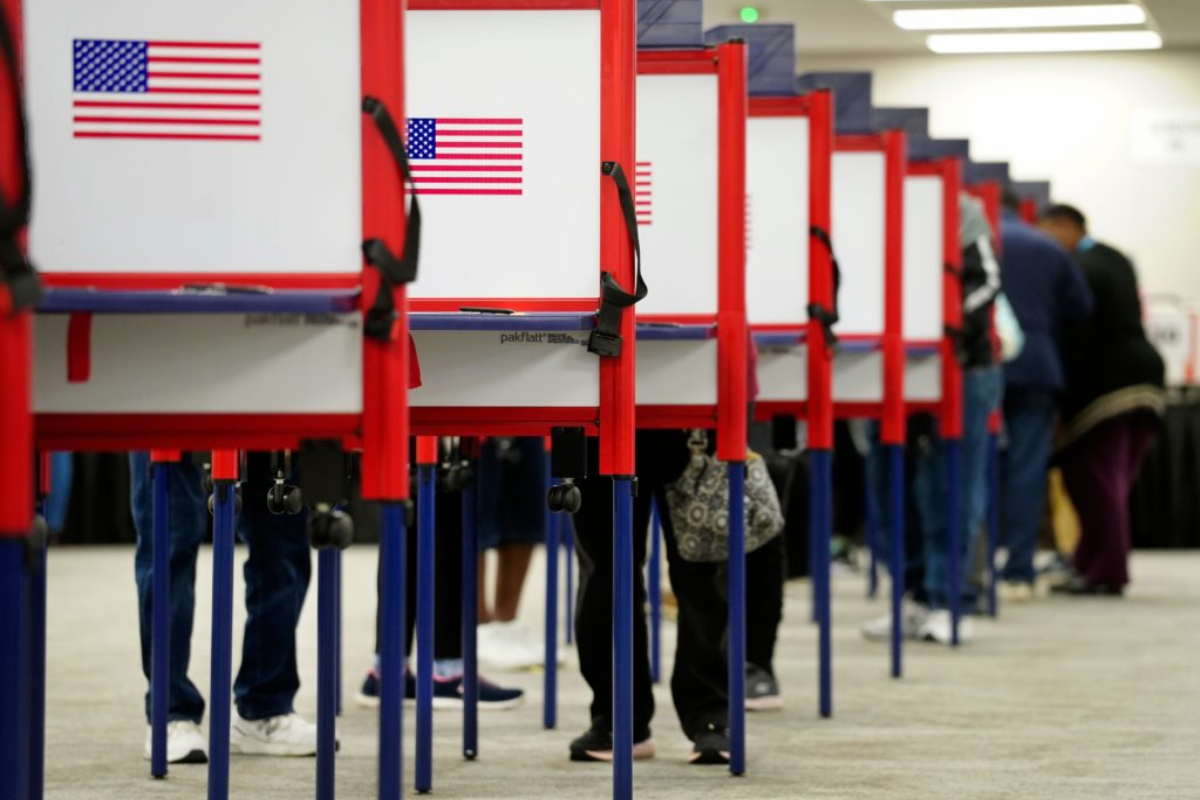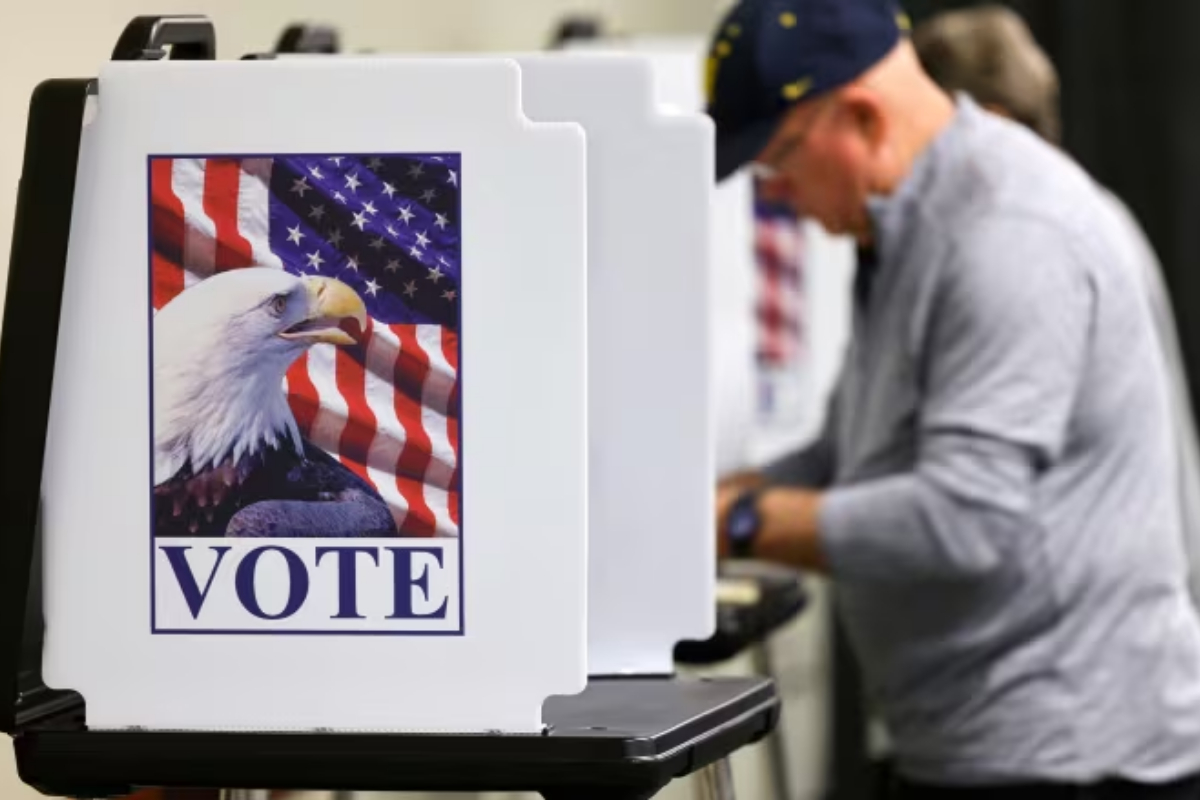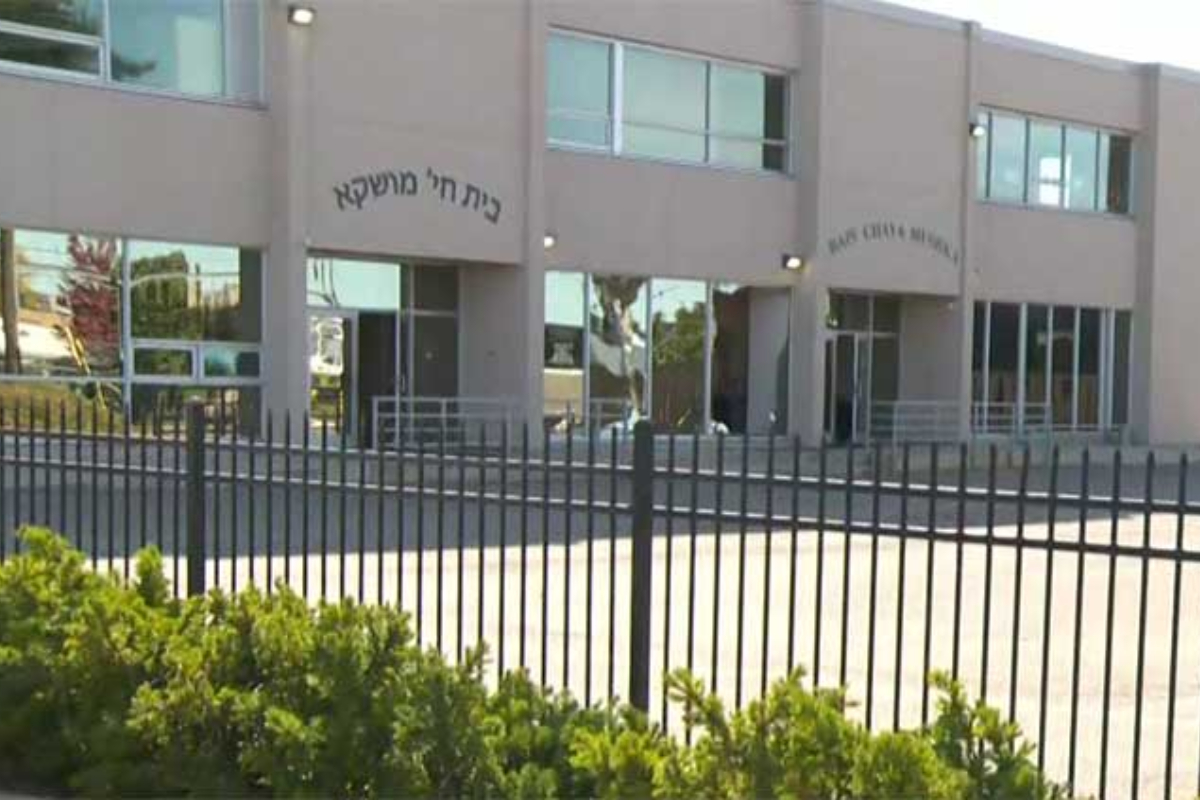- The final results of the US midterm elections are still unknown days after voters cast their ballots.
- Officials around the nation have issued warnings that the outcome may not be known for weeks.
- The topic of delays has been divisive politically, with President Trump calling it a “fraud”.
Officials around the nation have issued warnings that the outcome of the 2022 midterm elections may not be known for weeks. The final results of the US midterm elections remain unknown days after voters cast their ballots.
Razor-thin margins between candidates and the fact that Georgia, a crucial Senate battleground, will see a run-off election are two reasons for the postponement.
Other delays result from the decentralized nature of US elections, where states have different procedures governing how and when to tally mail-in ballots.
Since the 2020 presidential election, when then-President Donald Trump tried to declare victory while votes were still being counted, calling the ongoing tallying a “fraud” and a “embarrassment,” the topic of delays has been divisive politically.
This week, Mr. Trump has again cast doubt on the process, taking to his Truth Social social media platform to call several state elections “voter integrity disaster” and accusing his political opponents of “trying to steal the election with bad machines and delay”.
However, election officials from all throughout the nation sent warnings to voters ahead of the midterms that delays are a typical, expected aspect of US elections.
In a speech on 2 November, US President Joe Biden also weighed-in, warning that “it’s important for citizens to be patient” while ballots are counted “in a legal and orderly manner”.
Let’s take a look at why certified results are trickling in slowly.
Early voting and by mail
Preliminary data from the US Elections Project indicates that more than 112.34 million Americans, or nearly 47% of eligible voters, participated in this year’s midterm elections, however final results have not yet been tallied. While turnout in several states looks to have been at historic highs, the total number is lower than the number of people who cast ballots in the 2018 midterm elections.
In addition, 42 million individuals voted in the election before November 8th, more than double the 39.1 million who did so in 2018. This is one of the main causes of the delay in the final vote tally.
The rules governing how mail-in ballots are handled vary between states.
For instance, Pennsylvania is one of eight states that only permits election officials to start tabulating votes on election day. However, state laws in Maryland prohibit the processing of ballots before 10:00 local time on the morning following the election.
In a similar vein, while 23 states permit counting to start earlier on election day, 16 states and Washington, DC, forbid it until after polls close. Only 10 states permit the processing and counting of ballots prior to November 8th.
Additionally, 19 states offer a grace period that allows ballots to be tallied after the fact as long as they were mailed by election day. Voters in California, for instance, still have a full week to cast their ballots. In Arizona, however, ballots must be submitted before election day, even though it takes officials 20 days to complete the final tally.
Runoffs and recounts
Recounts, which may be conducted in contests with incredibly slim margins of victory or, in many states, at the request of one of the candidates, may also cause delays. It is possible to ask for a recount in 41 states plus Washington, DC, though the procedure differs slightly from state to state. Automatic recounts are permitted in 22 states.
In Georgia, where Democratic Senator Raphael Warnock and Republican Herschel Walker are in a close contest, the victorious candidate must obtain at least 50% of the vote.
In this week’s midterm elections, a third-party candidate was on the ballot, but neither of them was able to cross that line, setting up a run-off election for December 6. This scenario is a rerun of the state’s 2020 election.
“At the end of the day, everyone wants to know that we have honest and fair elections and we do,” Secretary of State Brad Raffensperger said on 9 November. “I would ask the voters to come out and vote one last time.”
Where are the delays happening?
While final count tabulations are still being completed around the nation, Arizona, where a sizable percentage of voters choose to cast their ballots by mail, has seen the biggest delays. Officials there issued a warning before the midterm elections that the procedure may take up to 12 days. In the state, voters also have five days to change their signature if officials ask them to.
“As much as we all want to see the winner on election night in those close races, that’s just not going to happen,” Secretary of State Katie Hobbs, who is also running for governor, said in October. “These things take time.”
Hundreds of thousands of ballots were still uncounted as of Wednesday, November 9. This included over 400,000 in Maricopa County and about 159,000 in Pima County, where officials stated a complete count is not anticipated until November 14 or 15.
Maricopa County has promised that ballots “would be counted safely and properly” following reports of ballot printer problems on election day. Despite the “frustrating” and “inconvenient” problems, officials insisted that the final tally would not be impacted.
Kari Lake, a Trump-backed candidate for governor, has frequently questioned the system. In a speech delivered on election night at her campaign headquarters, she made a suggestion that “incompetency” was impeding “honest elections.”
“The system we have right now does not work,” she added.
Do other nations experience election delays?
While there are delays in election results in other nations, the US stands out for the duration of the delays, partly because of its decentralized structure.
For instance, the results of the election in Israel held on November 1 were made public on November 3. On October 30, results of the second round of Brazil’s general elections were announced.
In comparison to other European nations, Sweden is seen as one where a high voter participation and narrow margins frequently cause results to take several days to come in. On September 15, preliminary results of the country’s general election from the previous day were made public. A week later, final results were announced.
In 2019, it took more than a month before the results of Indonesia’s 17 April presidential election were made public on May 21. In front of the general public, the more than 800,000 voting locations across the nation mostly count votes manually.
[embedpost slug=”control-of-congress-is-uncertain-following-midterm-election-in-us/”]





















